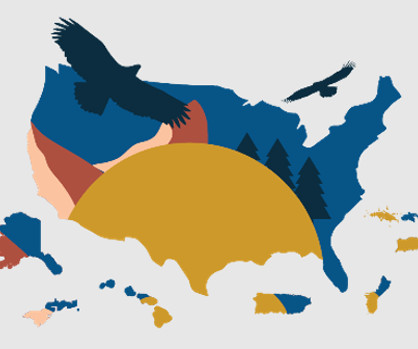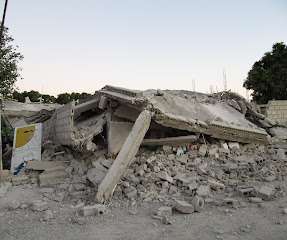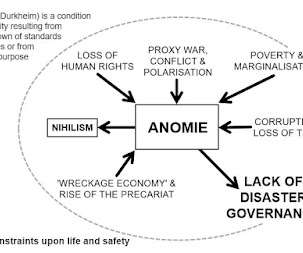How Converging Climate Hazards in Asia Could Create $1.43 Billion in Losses for the Region
DRI Drive
SEPTEMBER 1, 2021
In Asia and the Pacific, natural and biological hazards are converging, creating cascading risks on populations and infrastructures, according to a new report from the United Nations Economic and Social Commission for Asia and the Pacific (ESCAP). The post How Converging Climate Hazards in Asia Could Create $1.43





















Let's personalize your content